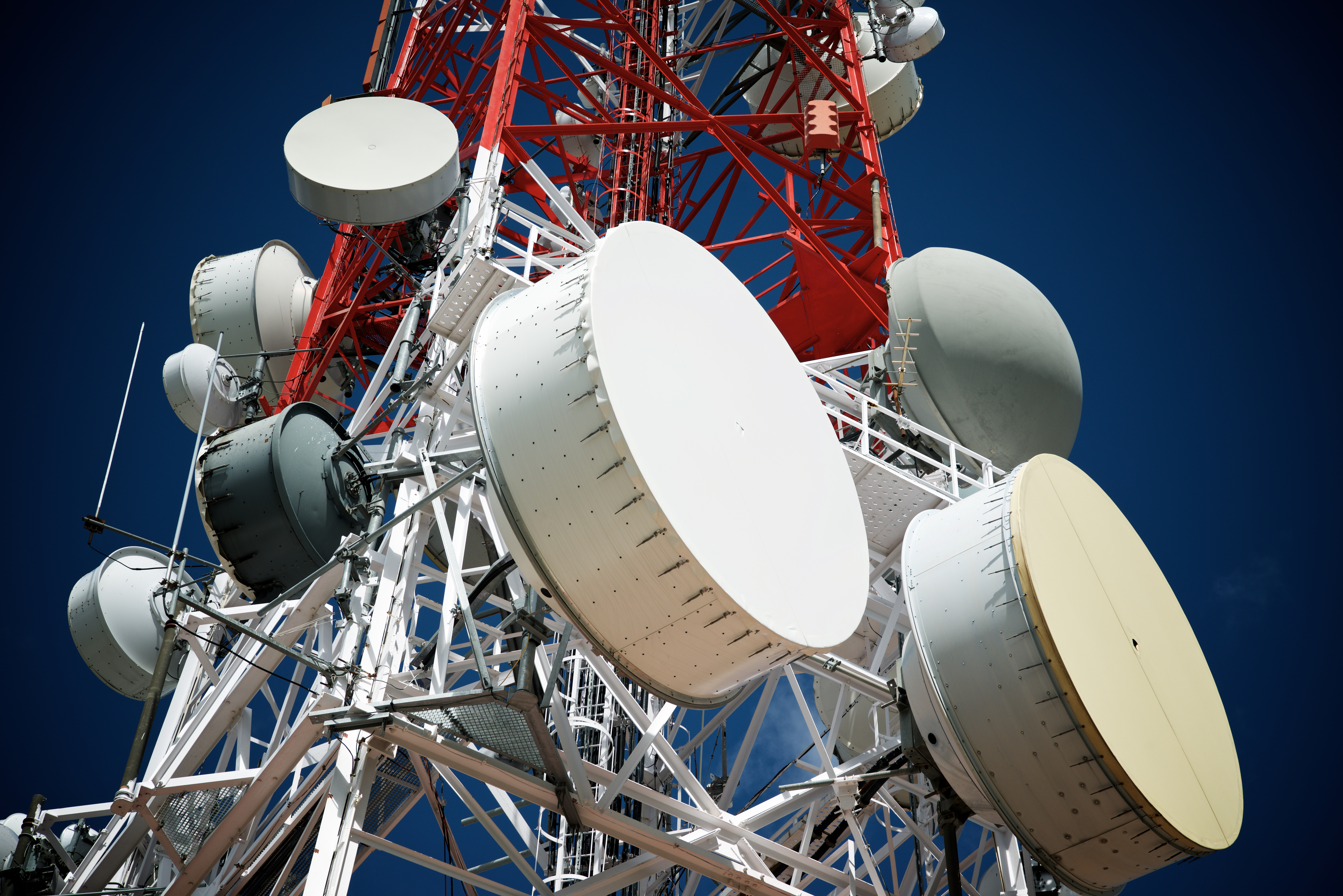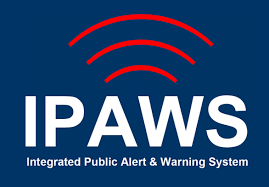Communications
The Communications Section is responsible for the management and coordination of various voice and data communications systems and services in support of the State Emergency Operations Center, including its alternate fixed and mobile site facilities. Communication is paramount and mission critical to resolving any disaster or event. Redundant communication paths are configured, maintained, tested and exercised on a regular basis to be ever prepared for any situation.
Communications interoperability allows emergency management/ response personnel and their affiliated organizations to communicate across agencies and jurisdictions via voice, data, or video in real time. It is essential that these communications systems be capable of interoperability, as successful emergency management and incident response operations require the continuous flow of critical information among jurisdictions, disciplines, organizations, and agencies.
Interoperable radio communication channels are available to stakeholders through statewide and regional initiatives:
- Phoenix Regional Wireless System
- Yuma Regional Wireless System
- Arizona Interoperable Radio System
- Adherence to and acceptance of the National Interoperability Field Operations Guide
- Mesa Topaz System
- Tucson Pima County Wireless Integrated Network (PCWIN)
- Arizona DEMA Radio Network
- Mutual frequency sharing between jurisdictions
Data interoperability for emergency management and incident response operations is accomplished through the use of WebEOC or shared incident reporting software.

DEMA maintains several mobile communications vehicles to help address radio communications interoperability statewide. The mobile solution provides the flexibility to relocate to an incident immediately and support emergency responders by providing voice and data communications services. Some of the mobile communications capabilities include:
- Interoperable radio communications for a wide variety of users across multiple spectrums via the onboard ACU-1000.
- Users inside and outside the vehicle can connect to the Internet via the onboard networking systems, which include a wireless access point for external users.
- Provide field data connectivity and telephone infrastructure through the onboard broadband satellite system.

The Communications Section is responsible for managing 3 radio systems; the Arizona Emergency Operations Network, DEMA Radio Network, and the Arizona Interagency Radio System.
Arizona Emergency Operations Center Network
Since 2004, Emergency Management has partnered with the Arizona Public Service (APS) in an effort to build the Arizona EOC Network. The network uses APS's 800 MHZ statewide system. There are radios in the 15 county EOC's, the State EOC, the Alternate State EOC, and communications vehicles. Emergency Management also maintains a cache of radios on the Arizona EOC Network.
Emergency Management conducts weekly radio checks on the Arizona EOC Network for all stakeholders. The weekly checks ensure that; equipment is functioning properly; staff are familiar with radio operation; emergency communications procedures are tested and pertinent information is provided to EOC's.
DEMA Radio Network (DRN)
The DRN is a VHF radio system composed of repeaters on nine-mountain top sites throughout Arizona. The radios are linked by microwave providing substantial coverage within the state. The DRN system is currently used for the Emergency Alert System (EAS) and Amber alerts. The ground and aviation assets of the Arizona Army National Guard (AZARNG) use the system for communications. The Communications Section manages the system and uses the frequencies for missions and training.
Arizona Interagency Radio System (AIRS)
The Arizona Interagency Radio System (AIRS) was designed to use the statewide and nationwide mutual aid channels throughout the State to help improve communications between all agencies. The intent was to improve coverage in all counties, by upgrading and providing inter-connect of VHF, UHF and 800MHz repeaters via the AIRS suites at ten regions throughout Arizona and in all counties.
The Communications Section tests HF radio links weekly with FEMA National Radio System (FNARS) and Shared Resources (SHARES).
The SHARES HF radio system is an initiative by the National Communications System (NCS) to establish a national HF radio capability using existing Federal resources to provide backup HF radio communications in support of National Security and Emergency Preparedness. SHARES was approved by the Executive Office of the President in January 1989. SHARES further implements Executive Order No. 12472, “Assignment of National Security and Emergency Preparedness Telecommunications Functions” dated April 3, 1984.
Emergency Management participates in weekly region IX radio nets. Emergency Management also is involved in federal exercises that occur throughout the year. The SHARES network allows the Department of Emergency and Military Affairs to inter operate with Federal radio stations.

The Integrated Public Alert and Warning Systems (IPAWS) provides federal, state, local, tribal and territorial governments with capability to integrate their alert and warning systems with the national alert and warning infrastructure and facilitates the timely delivery of alert and warning information before, during, and after a disaster.
In the event of a national emergency, the President will be able to use the IPAWS to send a message to the American people quickly and simultaneously through multiple communications pathways.
The Emergency Alert System (EAS) is one of the IPAWS vehicles that allows the President, national, state and local authorities, with the ability to provide emergency information to the general public via broadcast stations, cable companies and wireless cable systems. Emergency Management coordinates with the National Weather Service (NWS), the Department of Public Safety (DPS), and the Arizona Broadcaster’s Association (ABA) to ensure that the EAS is functioning and reaching all intended recipients.
Amateur, or “ham” radio, plays an important role in emergency communications. During states of emergency or disaster, traditional telephone, cellular, radio or internet systems may become overloaded or damaged. Ham radio operators have access to radio frequencies and networks that inherently operate well in emergencies.
The Arizona State Emergency Operations Center is equipped with several amateur radios, with both voice and data capability. All communications team members hold amateur radio licenses.
The Communications Section maintains a portable emergency advisory radio notification system called RadioSTAT. In the event of a disaster, emergency instructions and information can be broadcast on its 1650 AM & 1690 AM frequency. Broadcasts may be received within a 3-5 mile range.